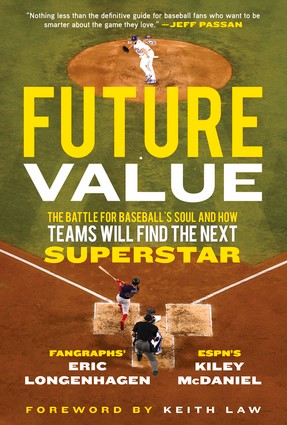Effectively Wild Episode 1530: That’s Why They Play the Games

With MLB in limbo, Ben Lindbergh investigates virtual baseball, talking to the designers of three new baseball video games—Ramone Russell of Sony San Diego, makers of MLB The Show 20, Markus Heinsohn of Out of the Park Developments, makers of Out of the Park Baseball 21 (37:56), and Scott Drader of Metalhead Software, makers of Super Mega Baseball 3 (1:21:50)—about the histories of their respective franchises, how their games differ stylistically, their different development plans, balancing realism and fun, how their games are helping fans and players cope with the absence of actual baseball, and much more (plus postscripts on Baseball Mogul 2020 and minor leaguers’ likenesses in MLB The Show).
Audio intro: The Alan Parsons Project, "Games People Play"
Audio interstitial 1: Jim Noir, "Do You Like Games"
Audio interstitial 2: Shout Out Louds, "Play the Game"
Audio outro: Drive-By Truckers, "Play it All Night Long"
Link to Episode 427 with Owen Good
Link to MLB The Show 20 trailer
Link to MLB The Show 20 website
Link to MLB The Show Players League
Link to MLB Network on Twitch
Link to FanGraphs on Twitch
Link to Ben on the ball in MLB The Show
Link to Mets broadcasters calling MLB The Show
Link to Ben on esports
Link to Out of the Park Baseball 21 trailer
Link to OOTP 21 website
Link to B-Ref’s OOTP 21 season sim
Link to MLB Dream Bracket
Link to Super Mega Baseball 3 trailer
Link to Super Mega Baseball 3 website
Link to Baseball Mogul 2020 website
Link to story about minor leaguers in MLB The Show
Link to Advocates for Minor Leaguers
Link to More Than Baseball
Link to order The MVP Machine
![]() iTunes Feed (Please rate and review us!)
iTunes Feed (Please rate and review us!)
![]() Sponsor Us on Patreon
Sponsor Us on Patreon
![]() Facebook Group
Facebook Group
![]() Effectively Wild Wiki
Effectively Wild Wiki
![]() Twitter Account
Twitter Account
![]() Get Our Merch!
Get Our Merch!
![]() Email Us: podcast@fangraphs.com
Email Us: podcast@fangraphs.com
Podcast (effectively-wild): Play in new window | Download
Subscribe: RSS

